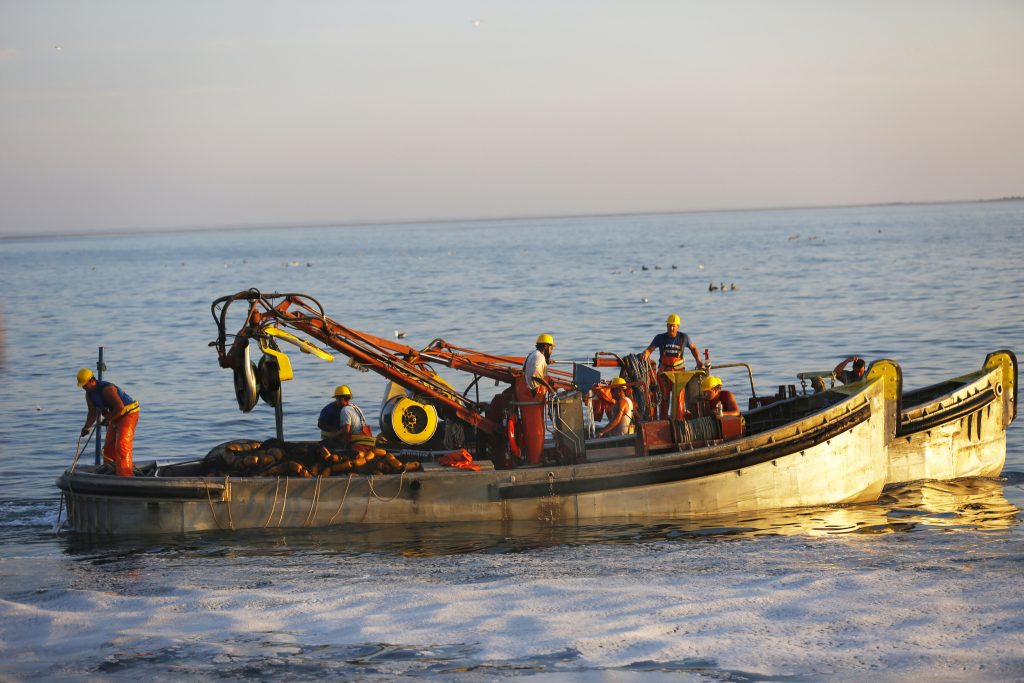February 22, 2018 — WASHINGTON — President Donald Trump’s bid to open Atlantic waters to offshore drilling has sparked bipartisan opposition in the states with the largest oil and gas reserves off their coasts, presenting unexpected obstacles to the long-held designs of the energy industry.
In recent years, political leaders in Virginia, North Carolina and South Carolina had supported oil and gas drilling off their coasts, envisioning high-paying jobs and increased tax revenues. But new governors in the three states – two Democrats and a Republican – have all reversed the positions of their predecessors, fearing the potential impact on beaches, fisheries and tourism industries.
“This last election we’ve seen a significant shift at the leadership level,” said David Holt, president of the Consumer Energy Alliance, a trade group representing large energy users and producers. “If you look at the last 10 years, the majority of the governors and the public had been supportive.”
For oil executives in Houston, an international center of the offshore oil and gas sector, the Atlantic coast is a new frontier that could potentially mean significant profits in the decades ahead. Most of the world’s biggest oil companies, including Exxon Mobil, Chevron and Royal Dutch Shell, have a major presence here, employing thousands of people, as do firms specializing in offshore drilling and services, including TechnipFMC, National Oilwell Varco, McDermott International and Transocean.
But the recent shift in political and public sentiment represents a very real threat to their plans.
The oil and gas industry has sought access to U.S. Atlantic waters for years, hoping to find rich oil and gas fields similar to those off the coasts of Nigeria and Ghana. In Trump – who proclaims “energy dominance” almost as frequently as “Make America great again” – the industry believed it had found the key to achieving its goal.
Energy companies came close two years ago when former President Barack Obama considered allowing oil and gas development in Atlantic waters. They had the support of Republicans and Democrats, including Virginia Sen. Tim Kaine, the Democratic nominee for vice president in 2016, and former Virginia Gov. Terry McAuliffe, a longtime friend and fund raiser for Hillary and Bill Clinton, but Obama ultimately decided against an expansion of offshore drilling.
Read the full story at the Houston Chronicle

